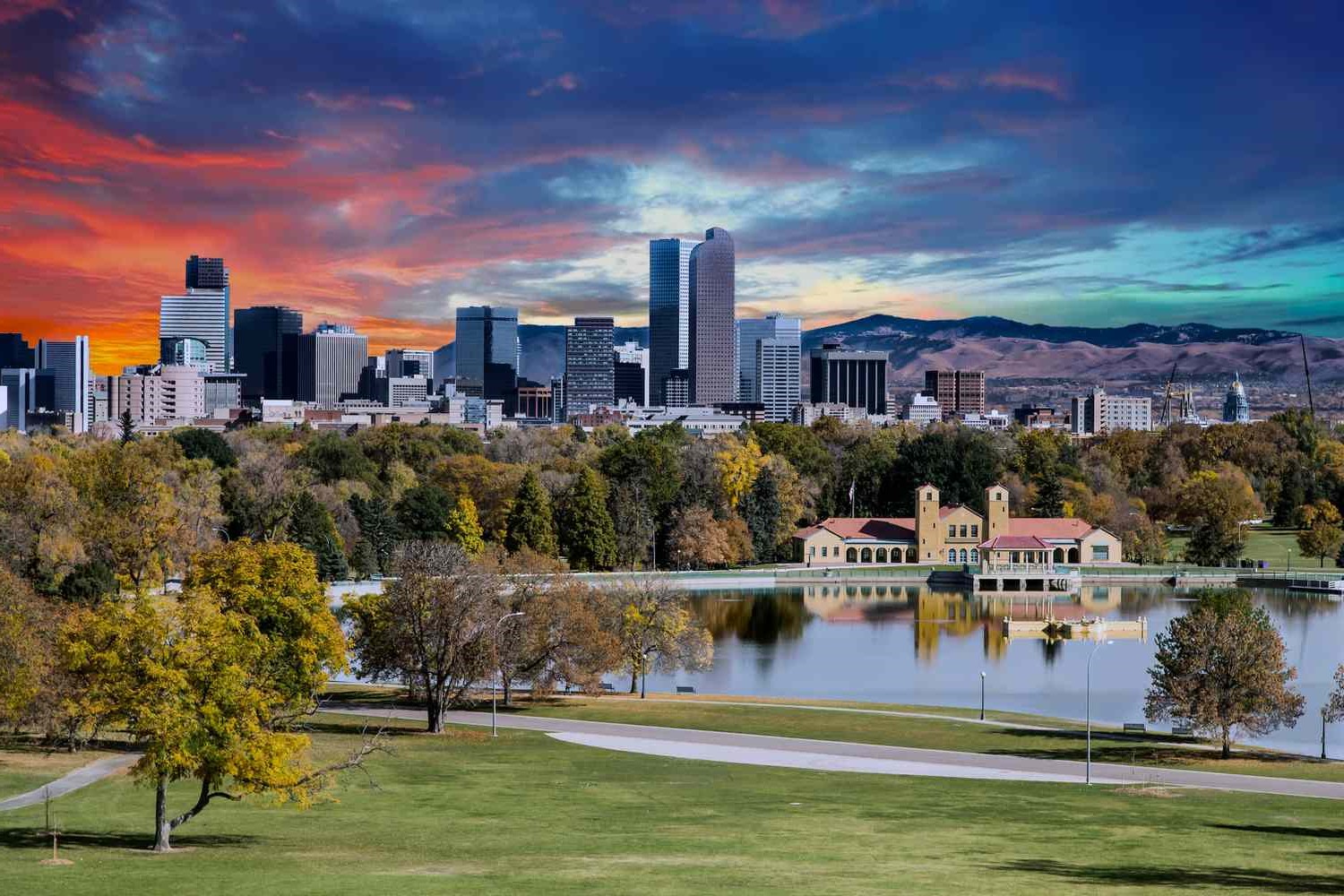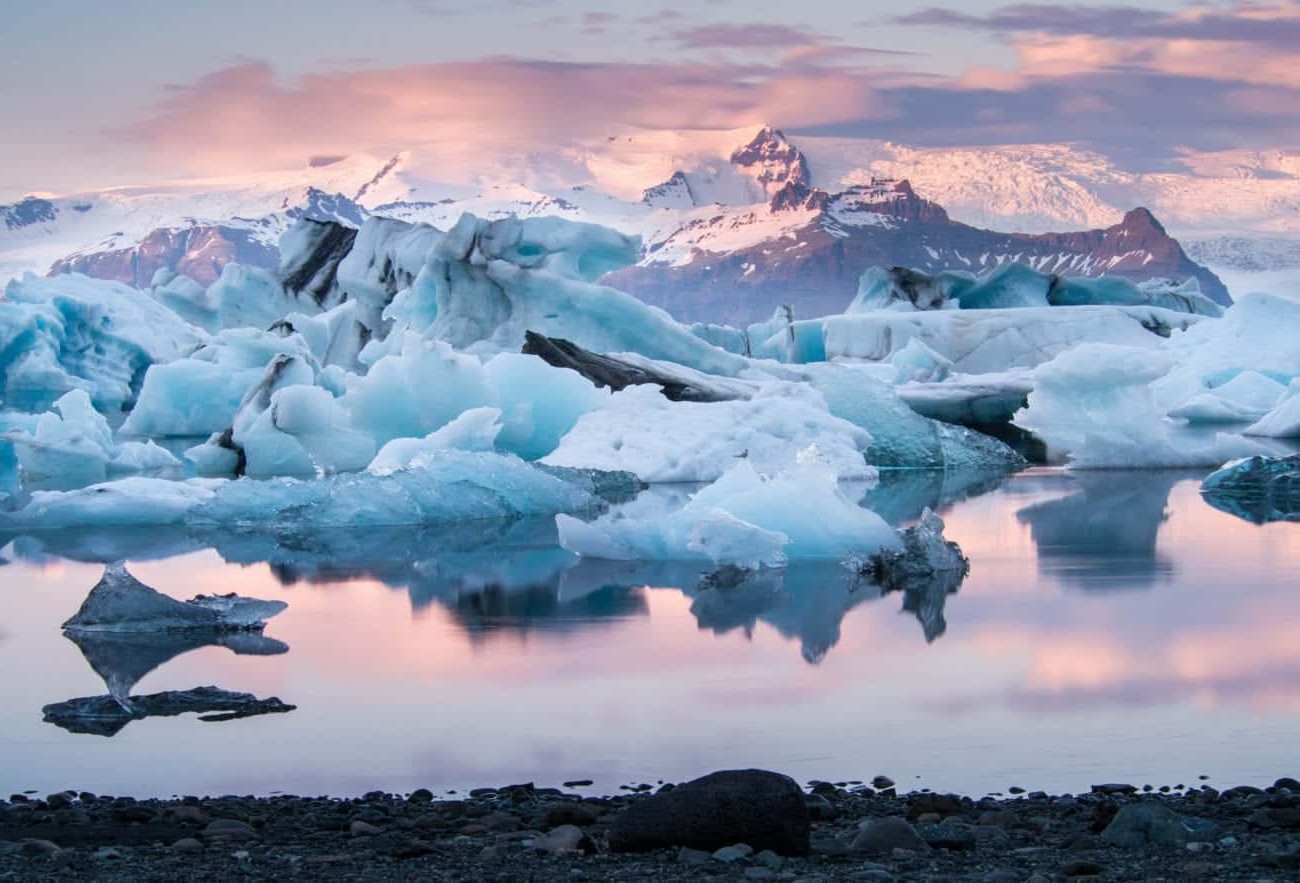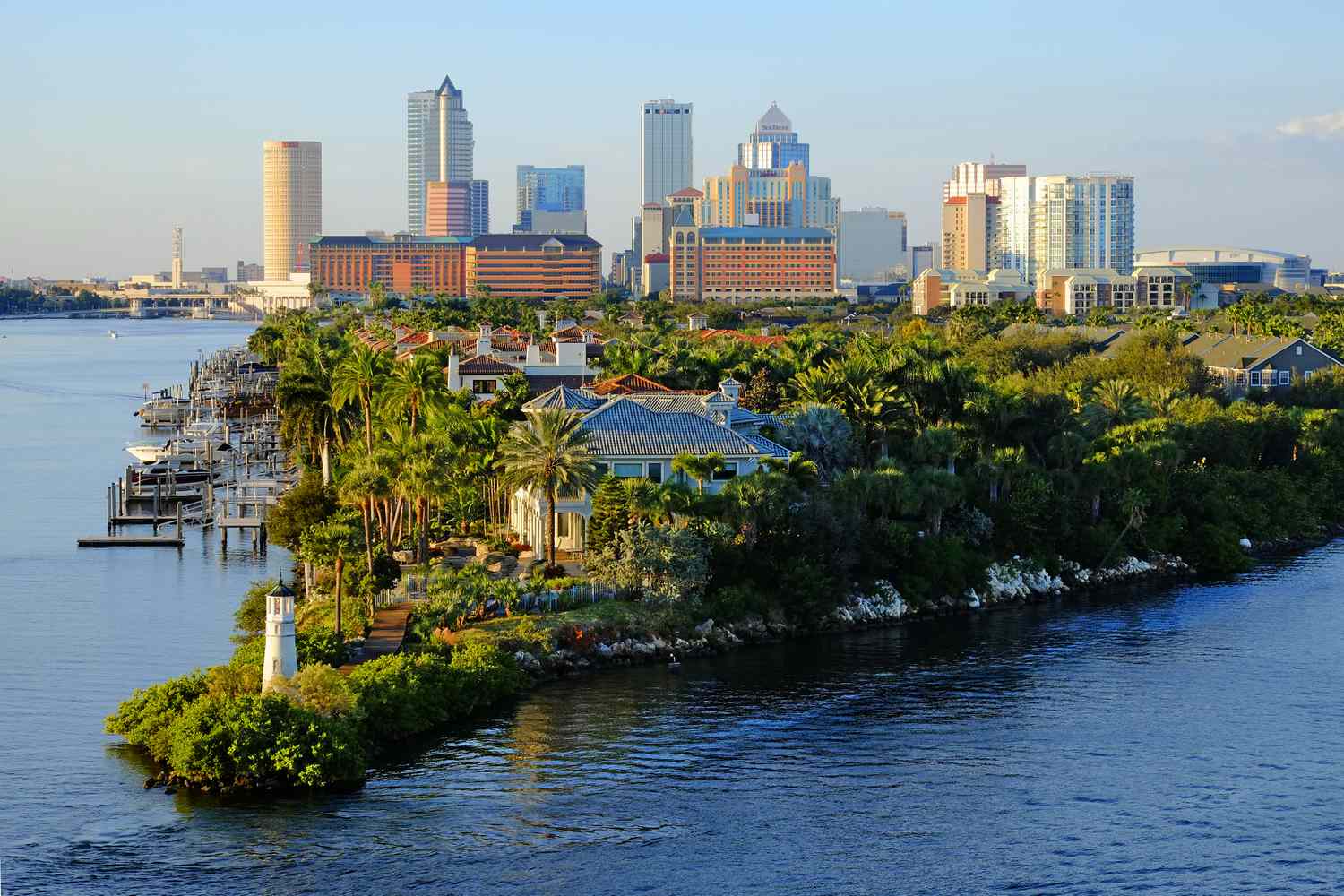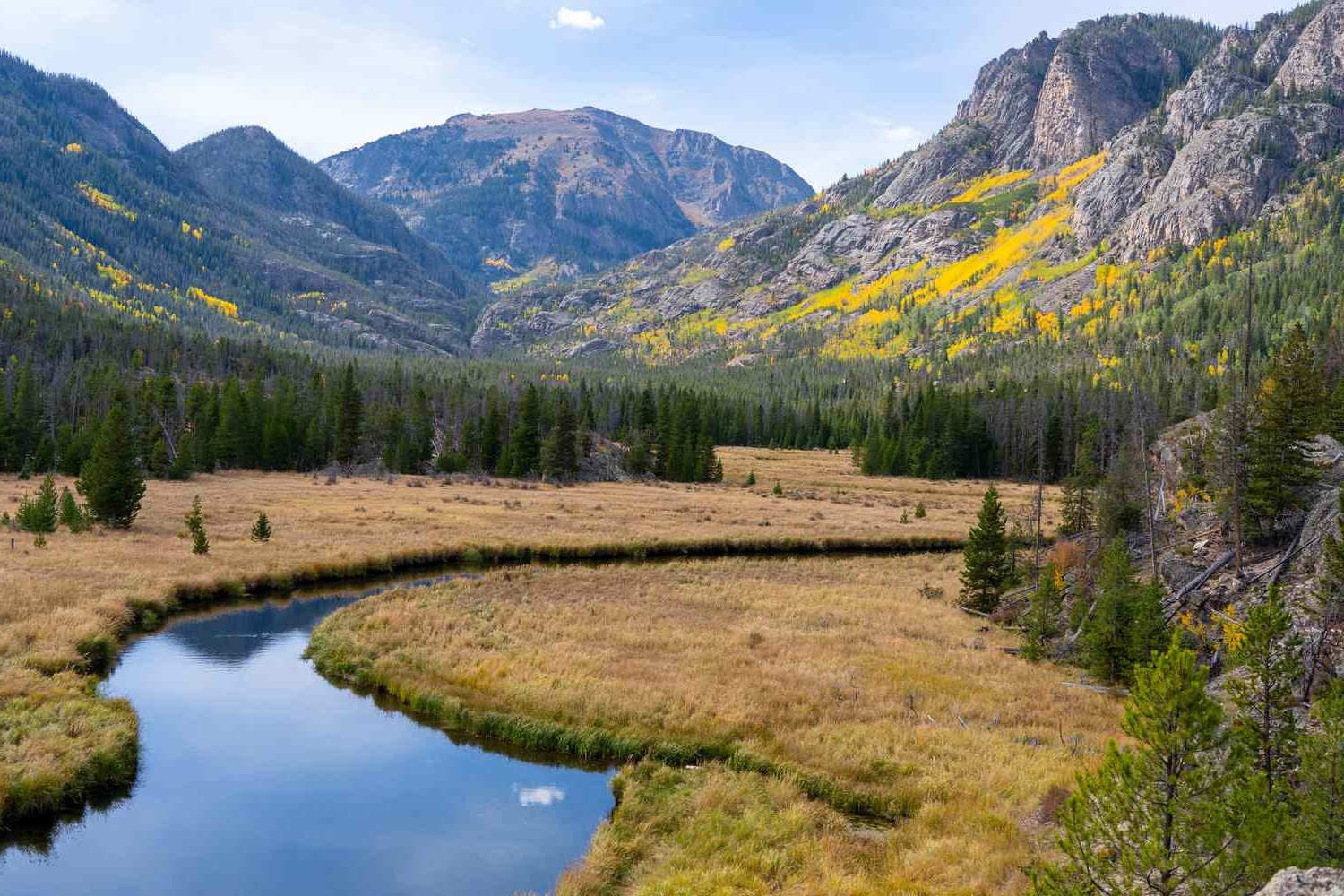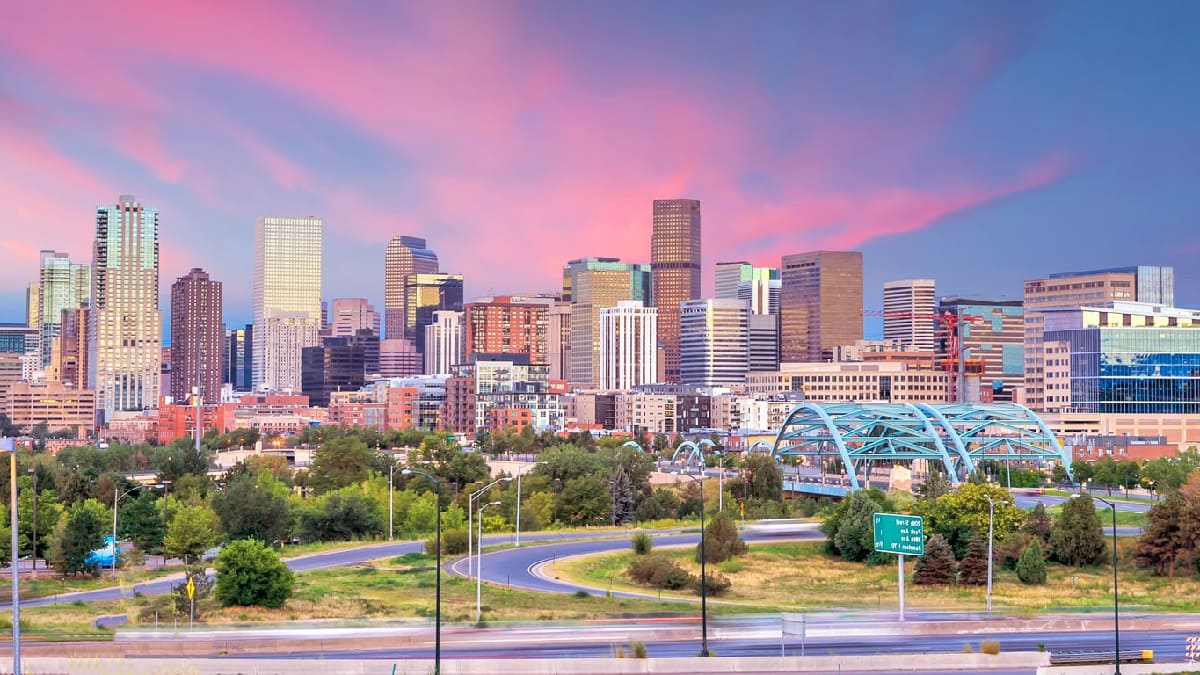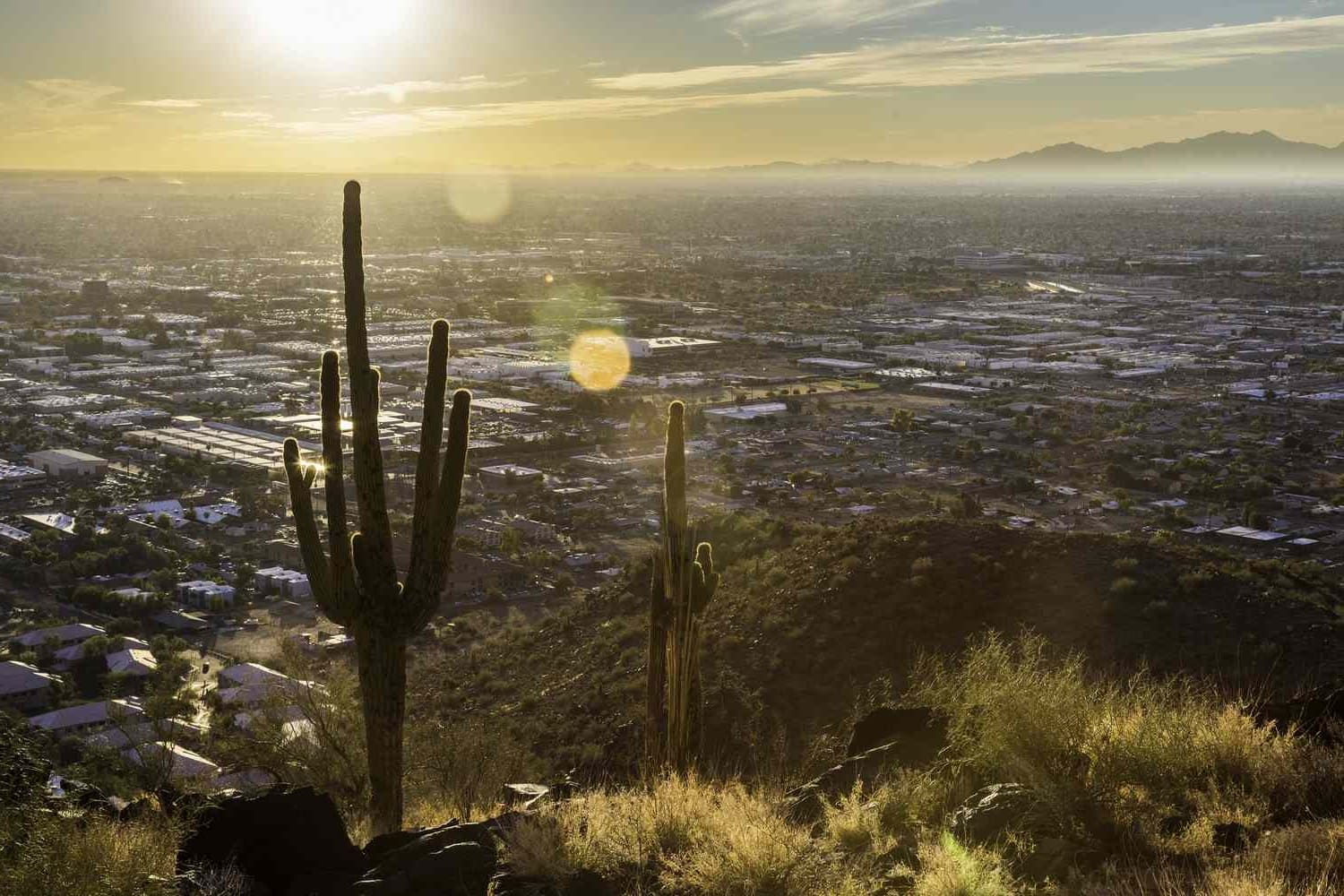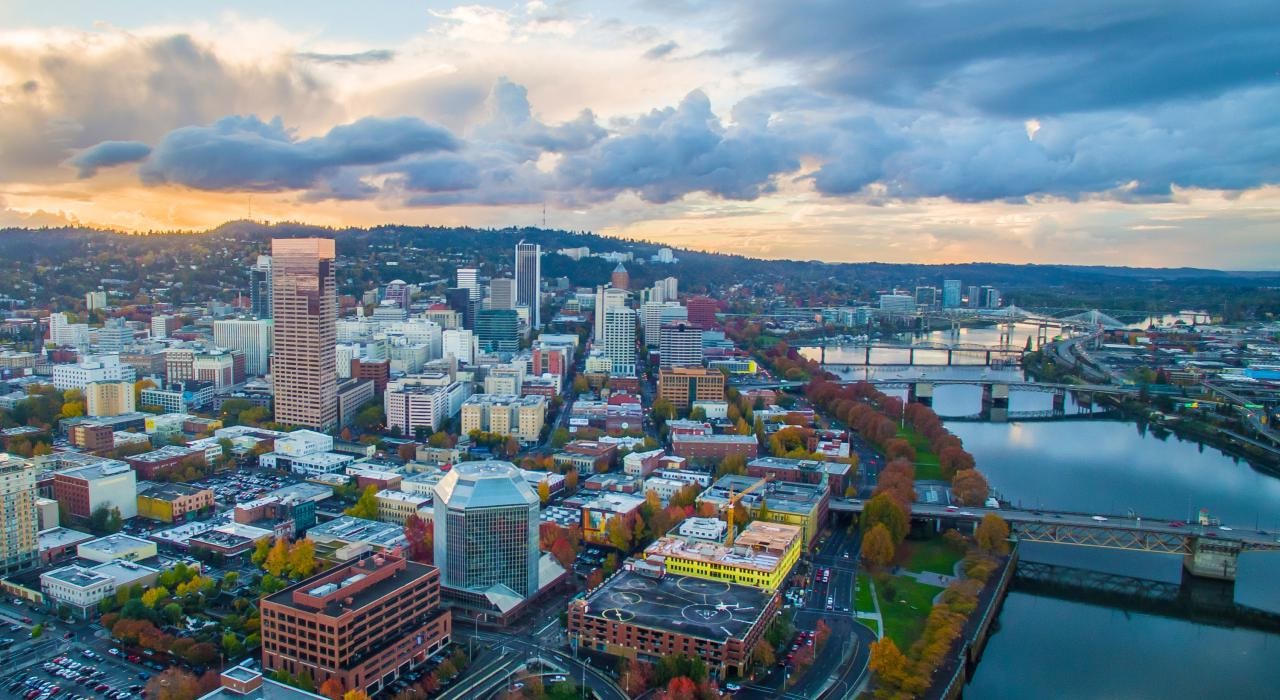Home>Weather and Climate>Average Monthly Temperature In Colorado
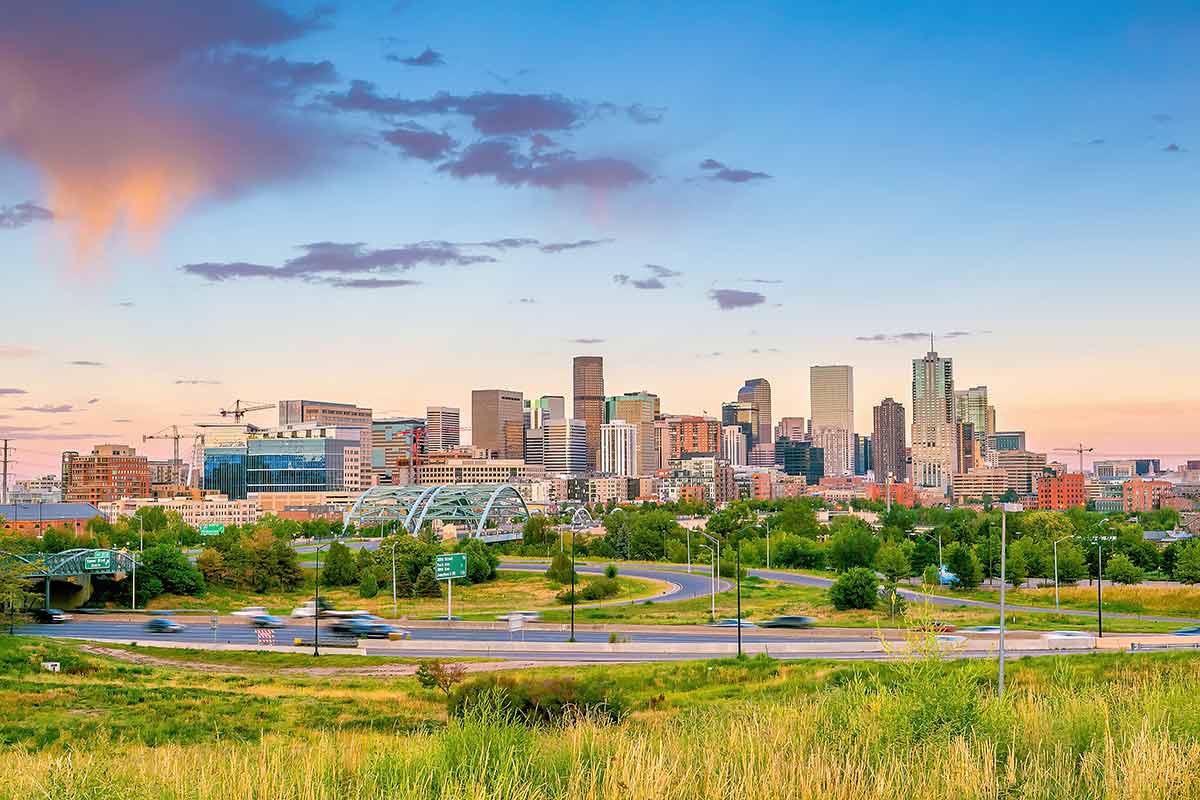

Weather and Climate
Average Monthly Temperature In Colorado
Published: March 1, 2024
Discover the average monthly temperature in Colorado and gain insights into the weather and climate of this diverse state. Plan your visit with confidence.
(Many of the links in this article redirect to a specific reviewed product. Your purchase of these products through affiliate links helps to generate commission for Temperatures.com, at no extra cost. Learn more)
Table of Contents
Introduction
Colorado, known for its stunning landscapes and diverse ecosystems, experiences a wide range of climatic conditions throughout the year. The state's unique geography, which encompasses the majestic Rocky Mountains, vast plains, and high desert regions, contributes to its varied climate. Understanding the average monthly temperature in Colorado is essential for residents, tourists, and industries alike, as it impacts daily life, outdoor activities, agriculture, and more.
The state's climate is characterized by its significant temperature variations, influenced by both elevation and geographic location. From the snow-capped peaks of the Rockies to the arid plains in the east, Colorado showcases a remarkable spectrum of weather patterns. Exploring the average monthly temperature trends provides valuable insights into the seasonal changes that shape the state's environment.
In this article, we will delve into the climate of Colorado, examining the factors that influence monthly temperature variations. We will also analyze the average monthly temperature data, highlighting regional variations and their impact on different areas of the state. Furthermore, we will explore how monthly temperature fluctuations affect crucial sectors such as agriculture and tourism, shedding light on the far-reaching implications of Colorado's diverse climate.
Join us on a journey through the captivating world of Colorado's monthly temperature patterns, as we unravel the intricate tapestry of its climate and its profound impact on the state's natural and human ecosystems.
Read more: Colorado’s Chilliest Month Revealed
Climate of Colorado
Colorado's climate is as diverse as its landscape, encompassing a wide array of climatic conditions that vary significantly across different regions of the state. The state's unique geography, which includes the towering Rocky Mountains, high desert plains, and expansive plateaus, contributes to the complexity of its climate. Elevation plays a pivotal role in shaping Colorado's weather patterns, with the state boasting the highest average elevation of any U.S. state.
The Rocky Mountains, a dominant feature of Colorado's terrain, greatly influence the climate by creating a rain shadow effect. As moisture-laden air masses from the Pacific Ocean encounter the western slopes of the Rockies, they are forced to rise, cool, and release precipitation. This leads to relatively high levels of precipitation on the western side of the mountains, while the eastern plains experience drier conditions due to the rain shadow effect.
The state experiences a semi-arid to arid climate in the eastern plains, characterized by low precipitation and wide temperature differentials between day and night. In contrast, the mountainous regions exhibit a more alpine climate, with cooler temperatures and higher precipitation, particularly in the form of snow during the winter months.
Colorado's climate is also influenced by its geographic position, as it lies in the path of prevailing westerly winds. These winds can bring significant weather changes, including the occasional arrival of Pacific storms that impact the western part of the state. Additionally, the state's proximity to the Gulf of Mexico allows for the influx of moisture-laden air, contributing to the variability of its climate.
The state experiences four distinct seasons, with varying temperatures and precipitation patterns. Winters are generally cold, especially in the mountainous areas, with heavy snowfall providing ideal conditions for winter sports and recreational activities. Summers are warm to hot, with the eastern plains experiencing higher temperatures compared to the cooler mountainous regions.
Overall, Colorado's climate is a complex tapestry woven from the interplay of elevation, geographic features, and atmospheric dynamics. This intricate blend of factors gives rise to the state's diverse climate, shaping its ecosystems and influencing the daily lives of its residents.
This section provides a comprehensive overview of Colorado's climate, highlighting the significant impact of elevation, geographic location, and prevailing weather patterns on the state's weather conditions. Understanding the intricacies of Colorado's climate lays the foundation for exploring the factors that influence monthly temperature variations and their implications for various sectors within the state.
Factors Affecting Monthly Temperature
The monthly temperature variations in Colorado are influenced by a myriad of factors that collectively shape the state's climate. Understanding these factors is crucial for comprehending the dynamic nature of temperature fluctuations throughout the year. Elevation stands as one of the primary determinants of temperature in Colorado. As elevation increases, the average temperature tends to decrease, a phenomenon known as the lapse rate. This effect is particularly pronounced in the Rocky Mountains, where higher elevations result in cooler temperatures, especially during the winter months. Conversely, the eastern plains, characterized by lower elevations, experience relatively warmer temperatures, contributing to the stark temperature differentials across the state.
Geographic location also plays a pivotal role in influencing monthly temperature patterns. The state's proximity to the Pacific Ocean and the Gulf of Mexico introduces variability in temperature due to the influence of prevailing winds and moisture-laden air masses. The western part of Colorado is impacted by Pacific storms, leading to fluctuations in temperature and precipitation, while the eastern plains are subject to the effects of continental air masses, contributing to the region's distinct temperature characteristics.
Furthermore, the angle of solar radiation, which varies throughout the year, significantly impacts monthly temperature trends. During the summer months, when the sun's rays strike the Northern Hemisphere at a more direct angle, Colorado experiences warmer temperatures. In contrast, the oblique angle of solar radiation during the winter months results in cooler temperatures. This seasonal variation in solar radiation directly influences the monthly temperature patterns observed across the state.
The presence of physical barriers, such as the Rocky Mountains, also influences temperature distribution. These natural features can create localized climate patterns, leading to temperature differentials within relatively short distances. Additionally, urban areas and human activities can contribute to the urban heat island effect, where developed regions experience higher temperatures compared to surrounding rural areas, impacting monthly temperature averages.
Understanding the intricate interplay of these factors provides valuable insights into the diverse monthly temperature patterns observed in Colorado. By considering the influence of elevation, geographic location, solar radiation, natural barriers, and human activities, we gain a comprehensive understanding of the complex dynamics that govern the state's monthly temperature variations. These factors collectively contribute to the rich tapestry of Colorado's climate, shaping its ecosystems and impacting the lives of its inhabitants.
Average Monthly Temperature Data
The average monthly temperature data provides a comprehensive overview of the temperature patterns observed across Colorado throughout the year. Understanding these temperature trends is essential for gaining insights into the seasonal variations that characterize the state's climate. From the snow-covered peaks of the Rockies to the sun-drenched plains, Colorado experiences a diverse range of temperatures across its various regions.
In the winter months, Colorado's mountainous areas exhibit notably colder temperatures, with average lows ranging from 15°F to 20°F (-9°C to -6°C) in January. The high elevations contribute to the cooler climate, creating ideal conditions for winter sports and recreational activities. Conversely, the eastern plains experience relatively milder temperatures during the winter, with average lows ranging from 15°F to 25°F (-9°C to -4°C) in January. This temperature contrast between the mountains and plains reflects the significant influence of elevation on monthly temperature averages.
As spring unfolds, Colorado undergoes a transition marked by rising temperatures. In March, average highs range from 45°F to 55°F (7°C to 13°C) in the eastern plains, signaling the onset of milder weather. Meanwhile, the mountainous regions experience average highs ranging from 35°F to 45°F (2°C to 7°C), reflecting the lingering coolness at higher elevations. This seasonal shift in temperatures heralds the arrival of springtime activities and outdoor pursuits across the state.
Summer brings warmer temperatures to Colorado, with July typically representing the peak of summer heat. In the eastern plains, average highs soar to 85°F to 95°F (29°C to 35°C), creating a warm and inviting atmosphere for outdoor adventures. The mountainous areas experience cooler temperatures, with average highs ranging from 65°F to 75°F (18°C to 24°C) in July, offering a refreshing escape from the summer heat prevalent in the lower elevations.
As autumn unfolds, Colorado experiences a gradual cooling of temperatures, marking the transition to the crisp days of fall. In September, average highs range from 65°F to 75°F (18°C to 24°C) in the eastern plains, while the mountainous regions exhibit average highs ranging from 45°F to 55°F (7°C to 13°C). This seasonal shift in temperatures sets the stage for vibrant fall foliage and outdoor festivities, drawing visitors to witness the breathtaking transformation of Colorado's landscapes.
The average monthly temperature data paints a vivid picture of the seasonal temperature variations that define Colorado's climate. From the winter wonderland of the mountains to the balmy plains of summer, the state's diverse regions showcase a captivating spectrum of temperatures throughout the year. Understanding these temperature patterns is essential for residents, visitors, and industries, providing valuable insights into the dynamic nature of Colorado's climate.
Regional Variations in Monthly Temperature
Colorado's diverse geography gives rise to notable regional variations in monthly temperature patterns, shaping the climate across different parts of the state. From the soaring peaks of the Rockies to the expansive plains, each region exhibits distinct temperature characteristics that contribute to the rich tapestry of Colorado's climate.
In the mountainous areas of Colorado, monthly temperature variations are influenced by elevation, resulting in cooler temperatures compared to the lower-lying regions. During the winter months, the high elevations contribute to significantly colder temperatures, with average lows often dipping below freezing. The mountainous regions experience prolonged periods of snow cover, creating a winter wonderland that attracts outdoor enthusiasts and winter sports enthusiasts from around the world. Conversely, the summer months bring cooler temperatures to the mountains, providing a refreshing escape from the heat prevalent in the lower elevations.
In the eastern plains of Colorado, monthly temperature variations reflect the region's lower elevation and semi-arid climate. The plains experience milder winters compared to the mountains, with average lows hovering around freezing. As spring unfolds, the plains witness a gradual rise in temperatures, marking the onset of milder weather and the emergence of vibrant flora across the expansive landscapes. During the summer months, the eastern plains experience warmer temperatures, creating an inviting environment for outdoor activities and agricultural pursuits. The region's relatively flat terrain allows for the efficient distribution of warmth, contributing to the warm and sunny summer days that characterize the plains.
The urban areas of Colorado, including cities such as Denver and Colorado Springs, exhibit their own unique temperature patterns influenced by the urban heat island effect. This phenomenon leads to slightly higher temperatures in urbanized regions compared to surrounding rural areas, impacting the monthly temperature averages. The presence of concrete structures, asphalt roads, and human activities contributes to the retention of heat, creating localized temperature differentials within the urban landscape.
Overall, the regional variations in monthly temperature across Colorado underscore the diverse climate that defines the state. From the cool mountain retreats to the warm plains, each region contributes to the intricate mosaic of Colorado's climate, offering a captivating array of temperature patterns throughout the year. Understanding these regional variations provides valuable insights into the dynamic nature of Colorado's climate, enriching our appreciation of the state's diverse ecosystems and the experiences it offers to residents and visitors alike.
Impact of Monthly Temperature on Agriculture and Tourism
The monthly temperature fluctuations in Colorado exert a profound influence on two vital sectors: agriculture and tourism. The state's diverse climate, characterized by varying temperature patterns across different regions, plays a pivotal role in shaping the agricultural landscape and influencing tourism activities throughout the year.
Agriculture
Monthly temperature variations directly impact agricultural practices and crop cultivation in Colorado. The state's agricultural sector relies on the interplay of temperature, precipitation, and seasonal variations to support a wide range of crops, including wheat, corn, hay, and various fruits and vegetables.
During the winter months, colder temperatures in the mountainous regions create ideal conditions for snow accumulation, which serves as a crucial water source for irrigation during the drier months. The gradual warming in spring allows for the cultivation of cold-tolerant crops, marking the beginning of the growing season. Conversely, the warmer temperatures in the eastern plains during the summer months support the maturation of heat-loving crops, contributing to the state's agricultural diversity.
The monthly temperature patterns also influence the timing of planting, harvesting, and overall crop yields. Cooler temperatures in the early spring may delay planting schedules, while warmer temperatures during the growing season can accelerate crop development. Understanding these temperature dynamics is essential for farmers and agricultural communities to optimize their practices and maximize crop productivity.
Tourism
Monthly temperature variations significantly impact tourism activities and visitor experiences in Colorado. The state's diverse climate, characterized by distinct temperature patterns across its regions, offers a wide array of recreational opportunities throughout the year.
During the winter months, the cooler temperatures in the mountainous areas create a winter wonderland, attracting skiing and snowboarding enthusiasts to world-renowned resorts such as Aspen and Vail. The abundance of snowfall, facilitated by the colder temperatures, provides ideal conditions for winter sports, contributing to Colorado's reputation as a premier winter destination.
As spring unfolds and temperatures rise, outdoor activities such as hiking, wildlife viewing, and nature exploration become increasingly popular, drawing visitors to the state's national parks and scenic trails. The milder temperatures in the mountainous regions offer an inviting environment for outdoor adventures, while the warmer plains provide an ideal backdrop for agritourism experiences and cultural festivals.
During the summer months, the warmer temperatures in the eastern plains create favorable conditions for agricultural tourism, allowing visitors to engage in farm tours, farmers' markets, and agricultural events. The diverse temperature patterns across Colorado cater to a wide range of tourism experiences, from high-altitude mountain retreats to sun-drenched plains, offering something for every traveler's preference.
In essence, the monthly temperature variations in Colorado significantly impact both the agricultural sector and the tourism industry, shaping the state's economic and recreational landscapes. Understanding the intricate interplay of temperature dynamics is essential for stakeholders in these sectors to adapt and thrive in the ever-changing climate of Colorado.
Conclusion
In conclusion, the average monthly temperature in Colorado reflects the dynamic interplay of various factors, including elevation, geographic location, solar radiation, natural barriers, and human activities. These elements collectively shape the diverse climate that defines the state, giving rise to notable regional variations in temperature patterns. From the snow-capped peaks of the Rockies to the sun-drenched plains, Colorado showcases a captivating spectrum of temperatures throughout the year, each contributing to the state's rich tapestry of climate.
The influence of monthly temperature fluctuations extends beyond mere meteorological observations, impacting crucial sectors such as agriculture and tourism. The agricultural landscape of Colorado relies on the seasonal temperature dynamics to support a wide range of crops, with colder temperatures in the mountains facilitating snow accumulation for irrigation and warmer temperatures in the plains supporting the maturation of heat-loving crops. Understanding these temperature patterns is essential for optimizing agricultural practices and maximizing crop productivity.
Furthermore, the diverse climate of Colorado, characterized by distinct temperature patterns across its regions, offers a wide array of recreational opportunities throughout the year. From winter sports in the mountainous areas to agritourism experiences in the plains, the state's temperature dynamics cater to a broad spectrum of tourism activities, drawing visitors to witness the seasonal transformations and natural wonders that define Colorado's landscapes.
By delving into the intricacies of Colorado's monthly temperature variations, we gain valuable insights into the state's climate, its impact on ecosystems, and its influence on the daily lives of residents and visitors. The seasonal temperature fluctuations, influenced by elevation, geographic features, and atmospheric dynamics, contribute to the unique charm of Colorado, shaping its identity as a diverse and vibrant state.
Ultimately, the average monthly temperature in Colorado serves as a testament to the ever-changing tapestry of nature, where temperature variations weave a narrative of seasonal transitions, agricultural rhythms, and tourism experiences. Embracing the dynamic nature of Colorado's climate allows us to appreciate the beauty and resilience of the state's ecosystems, fostering a deeper connection to the natural rhythms that define this remarkable region.
